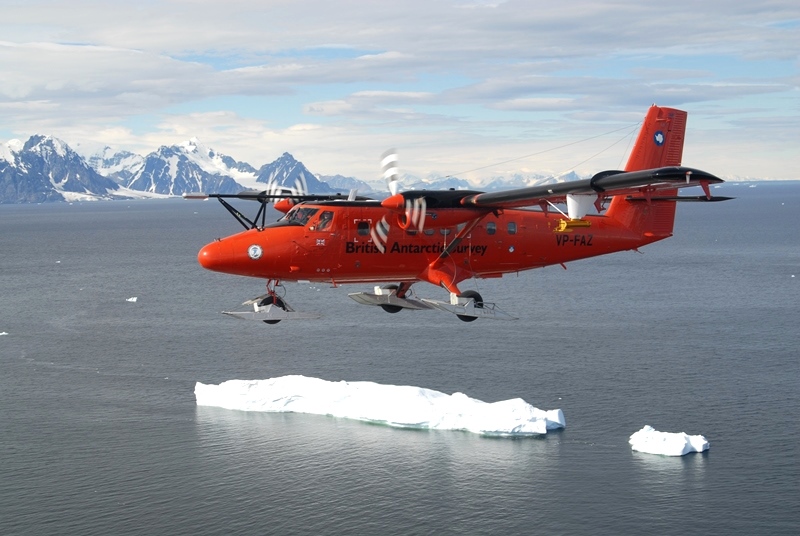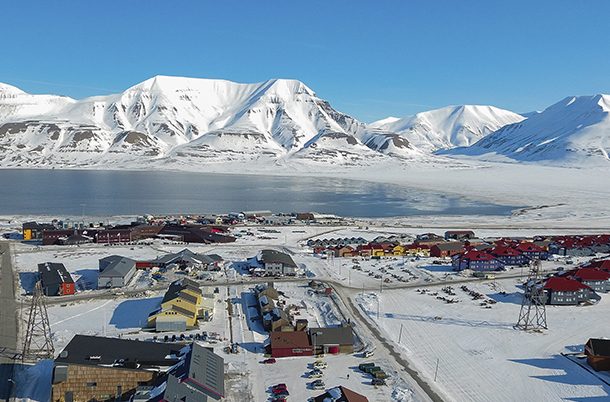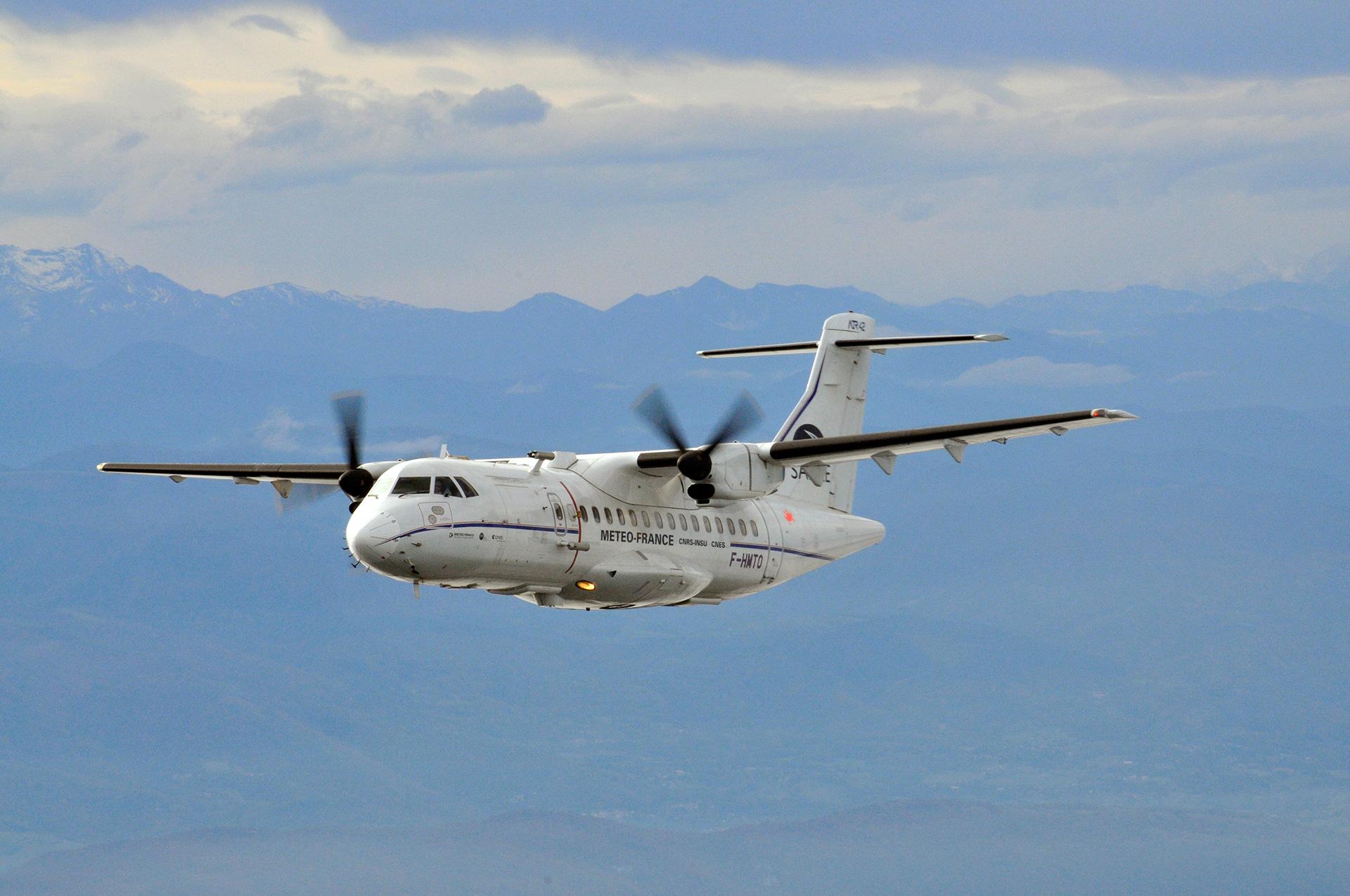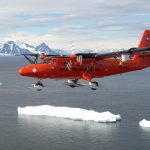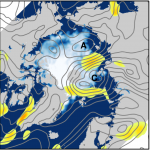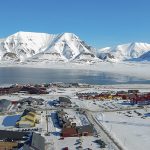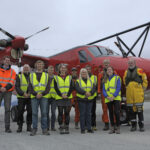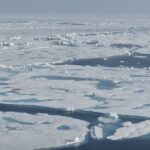Arctic cyclones are the dominant type of hazardous weather system affecting the Arctic environment in summer. They can also have critical impacts on sea-ice movement, sometimes resulting in ‘Very Rapid Ice Loss Events’ which present a major challenge to coupled forecasts of the Arctic environment from days out to a season ahead. As a result of global warming, sea ice is becoming thinner across large areas of the Arctic Ocean in summer. This means that winds can move it more easily and in turn the dynamic sea ice distribution is expected to feedback on the developing weather systems.
In summer 2022 we aim to fly two research aircraft into Arctic cyclones developing over the marginal ice zone at the edge of the Arctic Ocean basin. For the first time, we will measure the turbulent exchange fluxes, flying low above the interface between atmosphere and ice, at the same time as measuring the wind and cloud structure of the cyclones above and the properties of the ice below. Combining the observations with numerical modelling experiments using the latest weather prediction models, we aim to deduce the dominant physical processes acting and test theoretical mechanisms for two-way interaction between the Arctic cyclones and sea ice.
Join us on our journey as we prepare for the expedition, conduct the aircraft experiment in summer and then share the preliminary results.
This project and the UK component of the field experiment are funded by the Natural Environment Research Council (NERC). We are joined by teams from the USA and France, funded by the Office of Naval Research (USA).
